
Óscar Florit
4 8 15 16 23 42
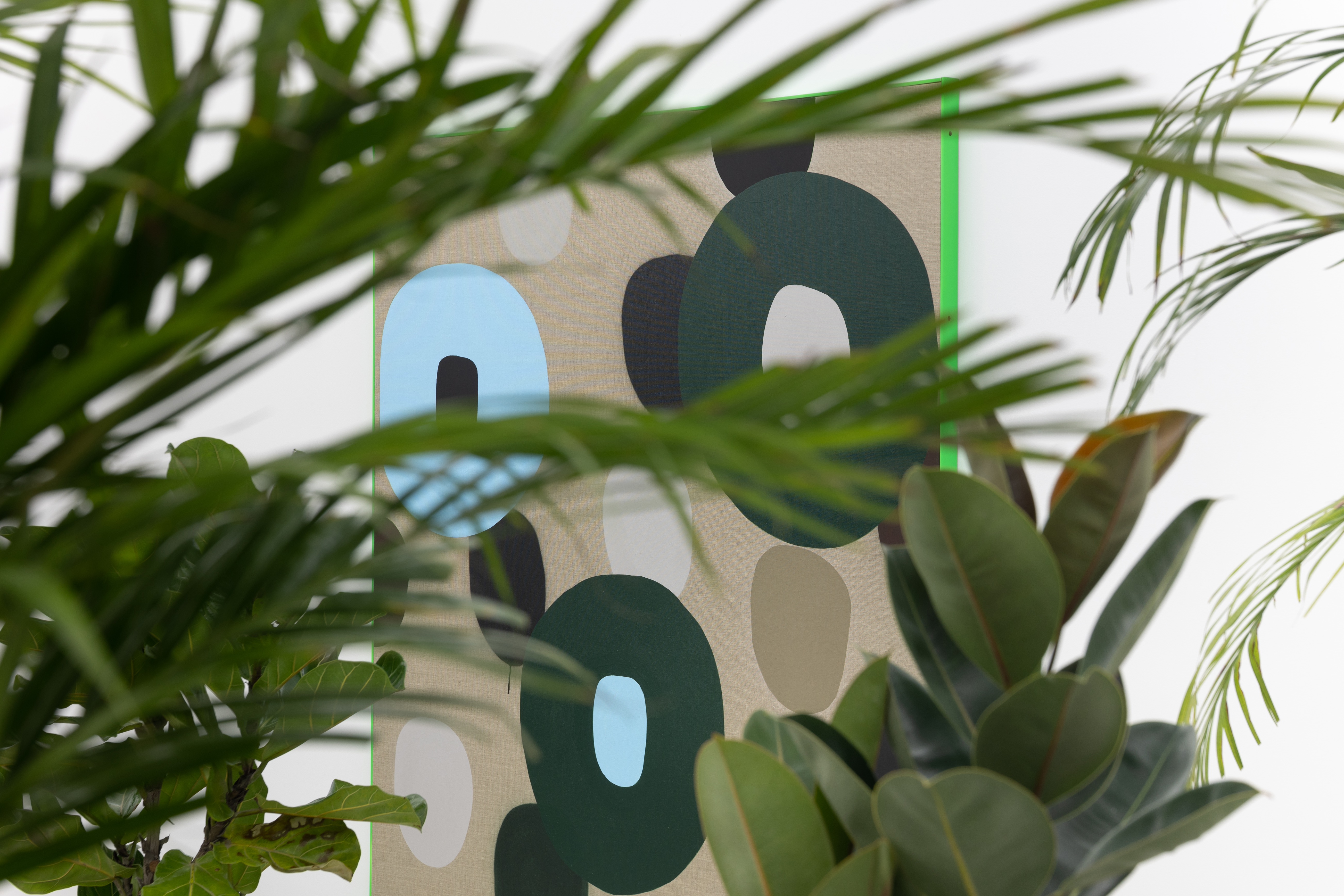

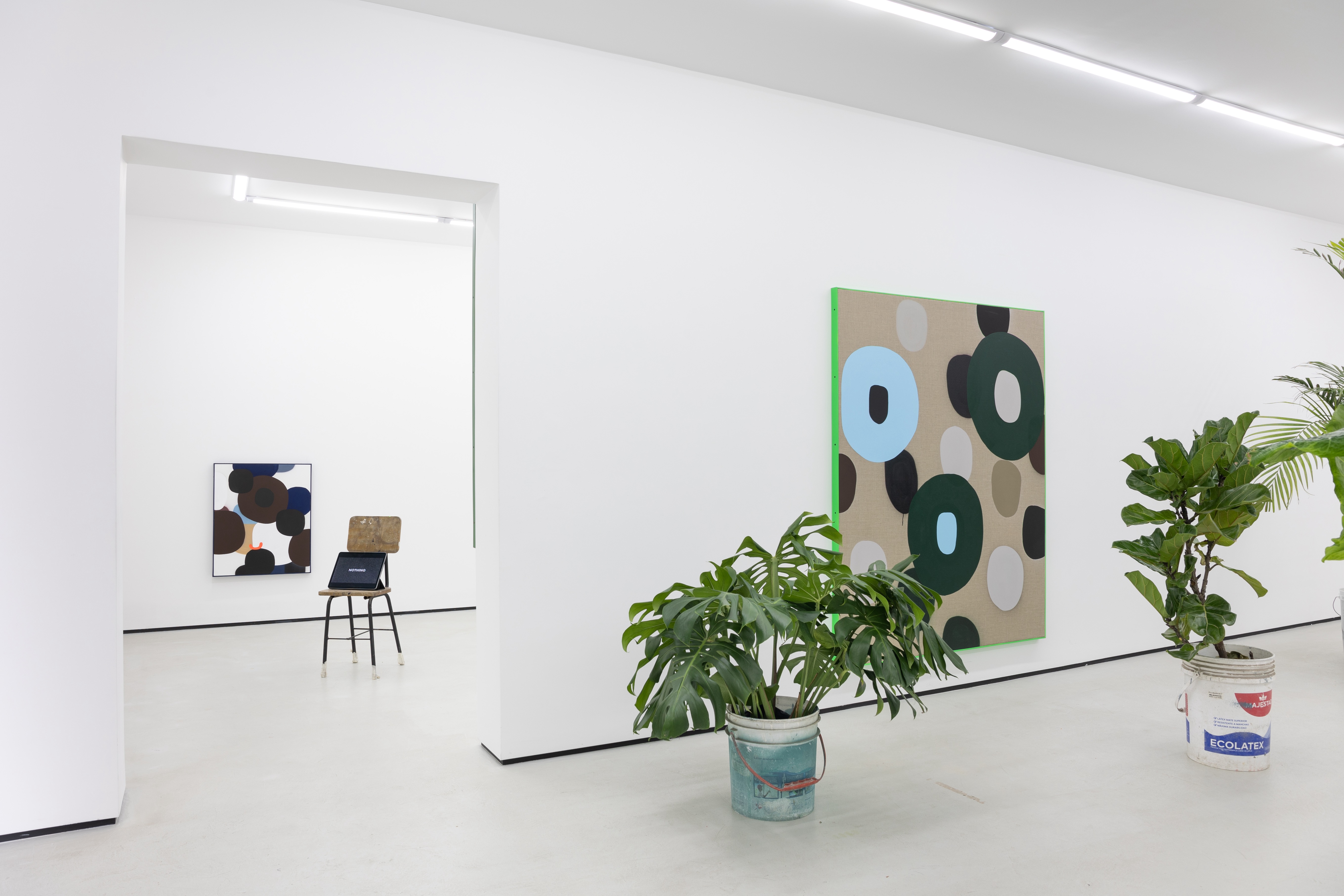
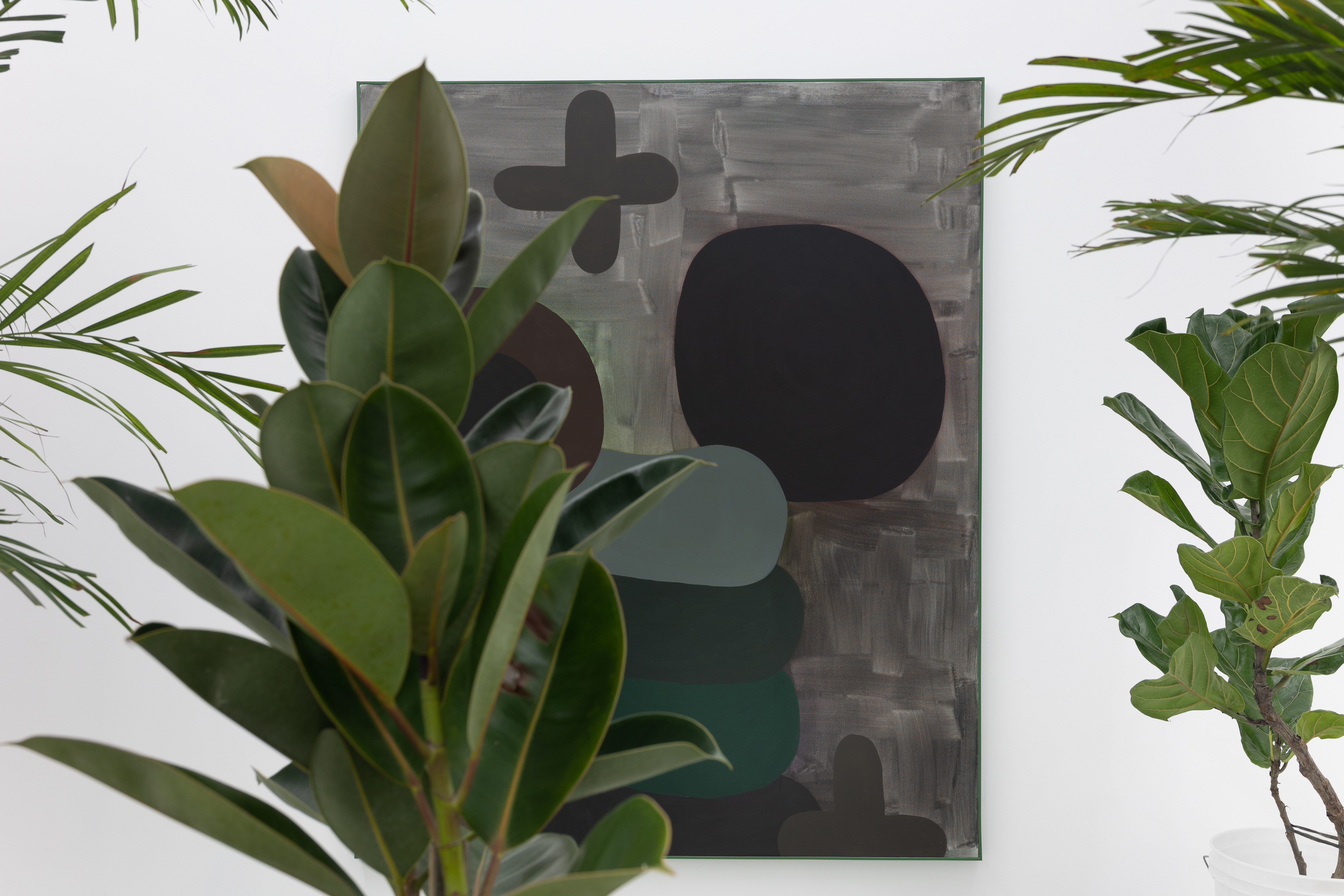
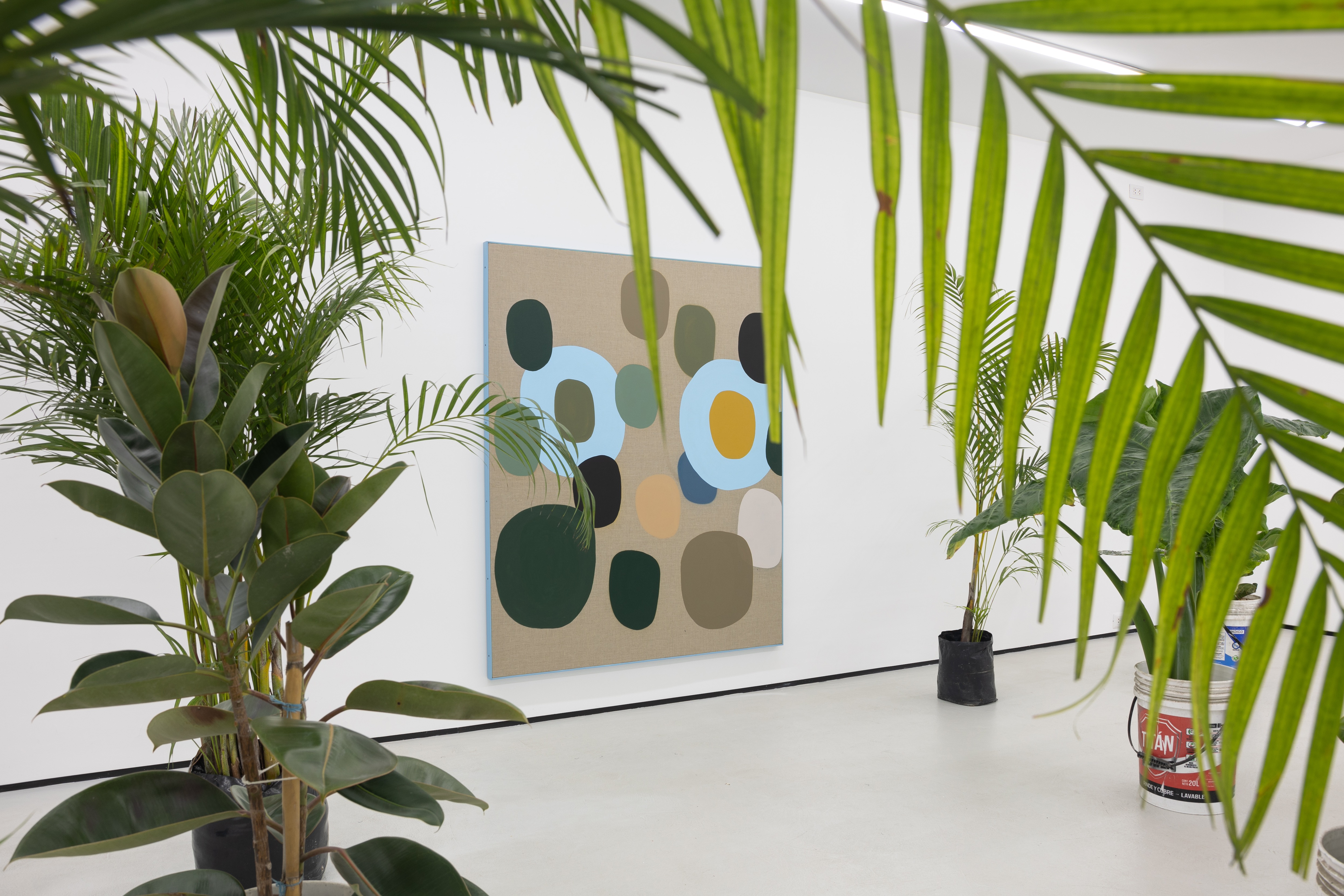
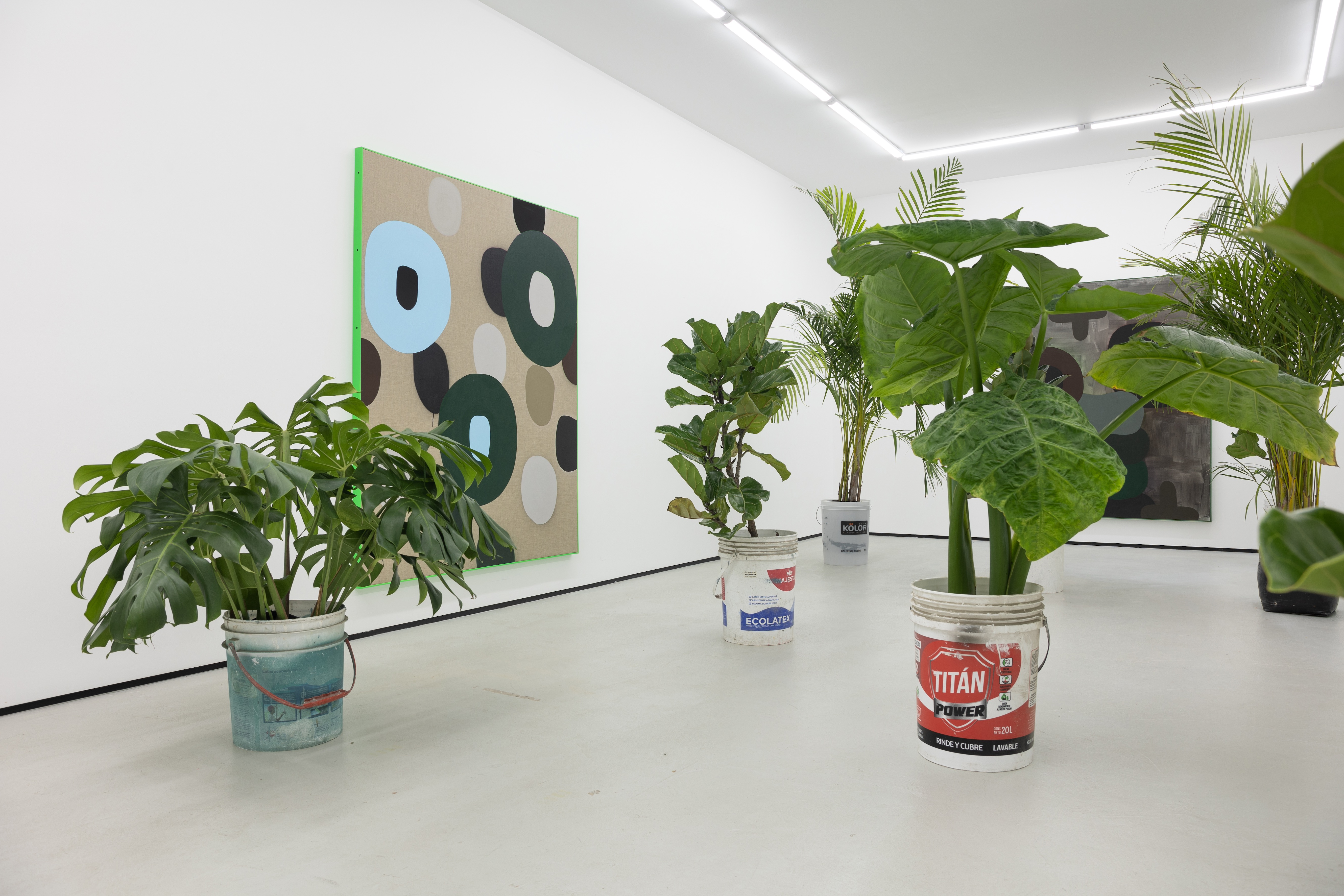

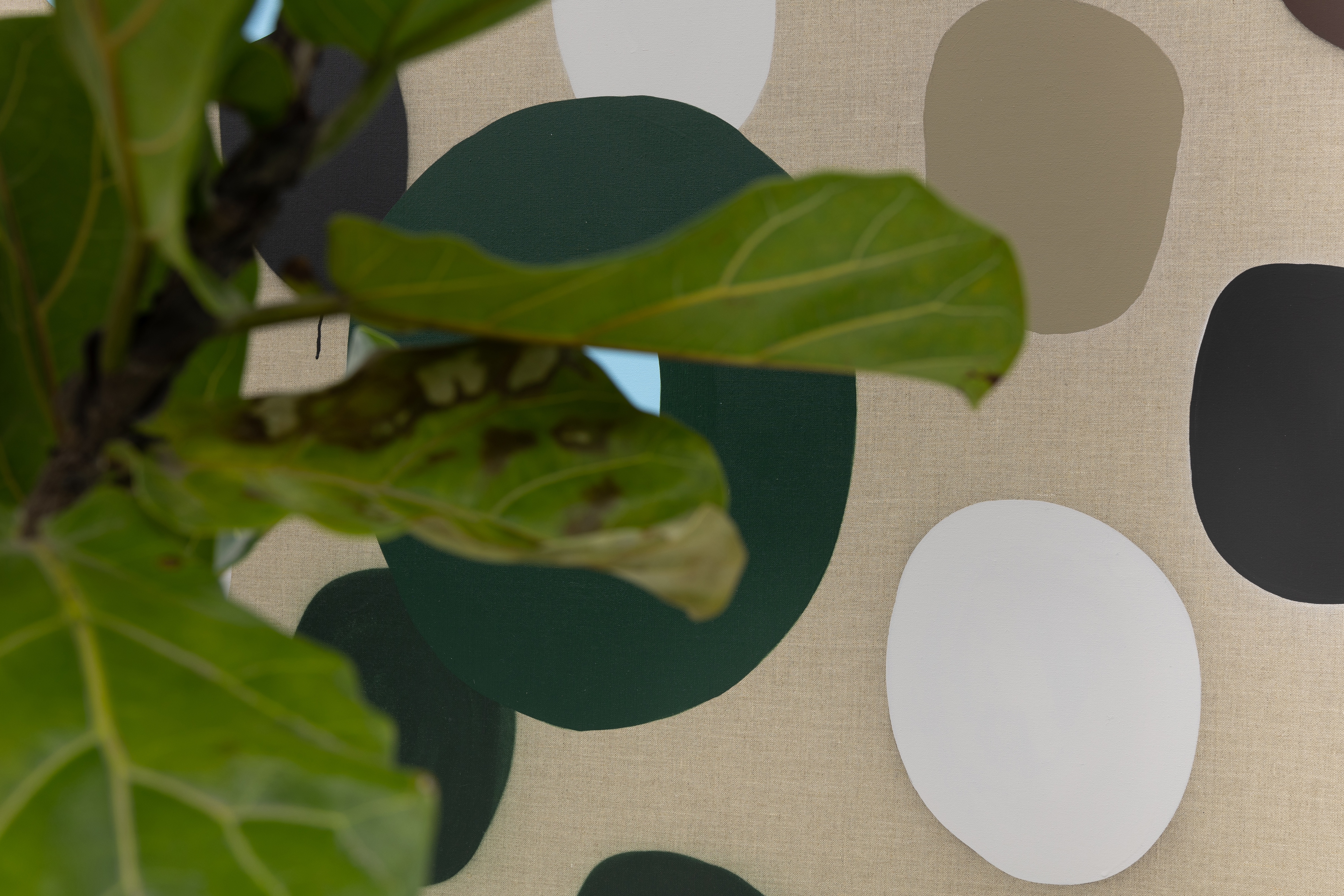


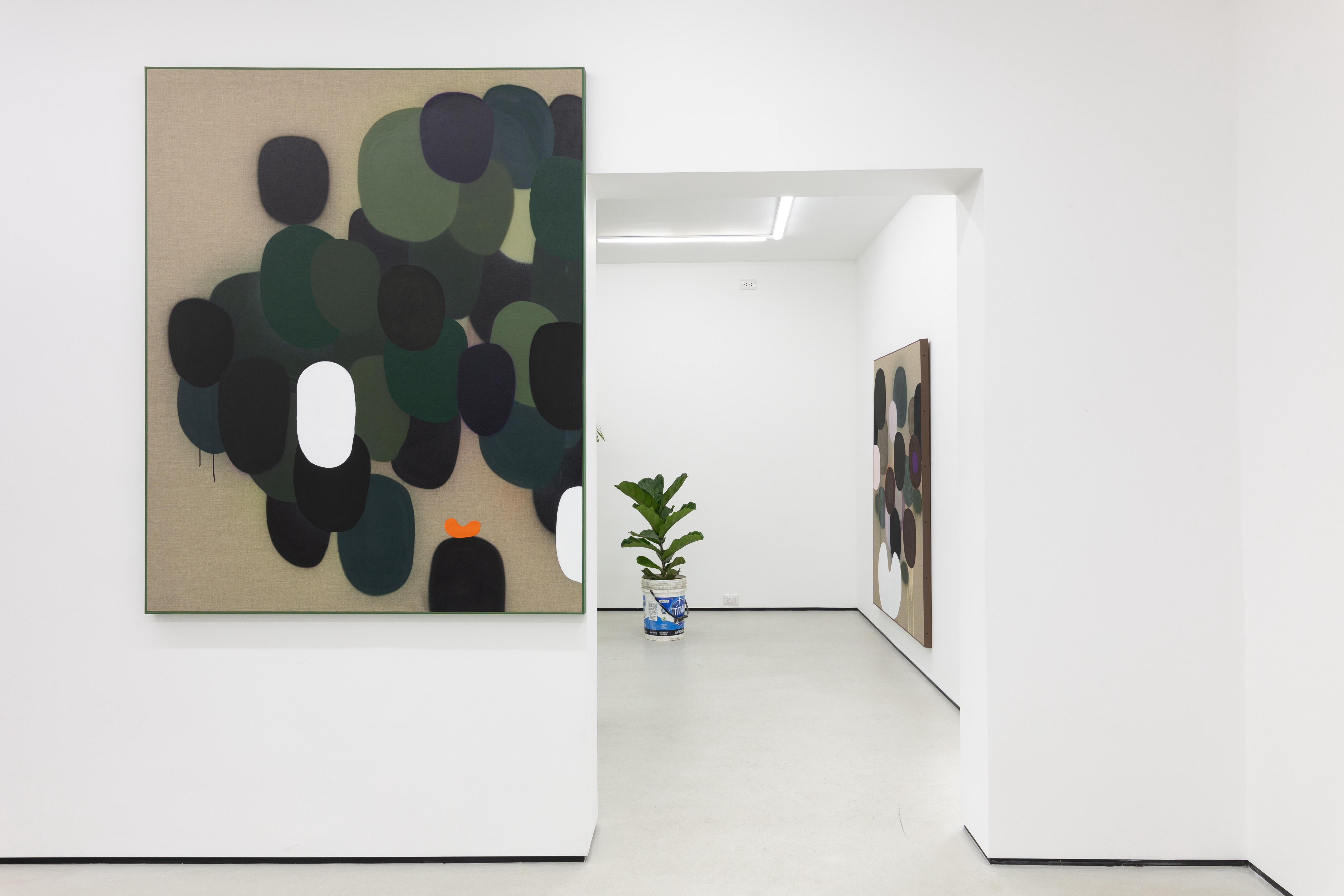
ENLACE galería presenta la primera exposición individual de Óscar Florit en Perú. Bajo el enigmático título 4 8 15 16 23 42, el artista de Mallorca propone seis lienzos de 162 x 130 cm que dispone en un espacio ocupado por plantas, entre las que reconocemos una palmera, una kentia y un ficus. El título, una secuencia de seis números, es una referencia directa a la exitosa serie televisiva Lost, emitida por la cadena ABC entre 2004 y 2010. Los números aparecen en diversos capítulos generando coincidencias sin motivo aparente, y llegan a formar la secuencia ganadora de un boleto de lotería con el que uno de los protagonistas se convierte en multimillonario. Al utilizarlos ahora para el título de este proyecto, Florit nos invita, quizás, a resolver un acertijo. Incluso los títulos de las obras se basan en esos mismos números ‘mágicos’, evocando la suerte o un misterio. Un enigma que nos lleva a la idea de juego, donde tanto el intento como el acierto -y muchas veces la fortuna- conducen a la victoria. En este conjunto de obras se percibe la estética del juego, no tanto como representación de un proceso, sino como lo que queda de un encuentro: un comienzo, una respuesta, el resultado de una jugada. En las pinturas de Florit, las formas y los colores orquestan una serie de relaciones entre elementos dispuestos ahora de una determinada manera sobre el tablero. Una reducida paleta de colores cubre formas que se repiten y que el pintor superpone en el lienzo, una tras otra, articulando pequeños grupos que se persiguen entre sí, manteniendo la justa distancia, hasta completar la composición. Cada una de sus pinturas construye así variaciones posibles a partir de unas reglas predeterminadas y sucesivamente, en parte, olvidadas. El juego es lo que nos permite volver una y otra vez sobre lo mismo, abriendo nuevos caminos, en una especie de baile vertiginoso aunque delimitado. Aparentemente, todo está en movimiento en esta exposición. Florit nos envuelve en creaciones que integran vectores que vibran en composiciones triangulares, musicales y numéricas. Formas que evocan el puro ornamento sin complejos ni jerarquías. Como en el grutesco, no existe separación entre sus elementos, sean animales, vegetales o abstracciones formadas por simples líneas rectas o curvas. Como en el grutesco, las significaciones diferentes y divergentes comparten la misma superficie, dejándonos atónitos y enredados; cautivados frente a un rostro enigmático. Nos adentramos en un caos aparente para encontrarnos en un espacio controlado a través de detalles y repeticiones. Juego y ritual comparten escenario; no se diferencian por su apariencia, sino por sus finalidades y sus reglas. En ambos casos, lo que importa es practicarlos una y otra vez. En estas pinturas, formas cerradas descansan sobre el perfil incierto del spray, y ambos sobre un fondo monocromo o la tela cruda. Hay más cápsulas que circunferencias. Al desorden del spray se opone el control de la línea. Florit disfruta pintando y con este proyecto comparte su goce con el espectador. Incluso podríamos decir que cada uno de estos cuadros es un autorretrato. Sus medidas se ajustan al cuerpo del pintor: la superficie de estos seis lienzos coincide con lo que sus brazos extendidos pueden abrazar. Nos invita a participar en su exposición que, como un escenario o una pista de baile, nos anima a unirnos a la fiesta, aupados por una escala de colores que suben y bajan y, de repente, se detienen. Si hay algo de ornamental y de exquisitamente decorativo en las pinturas de Óscar Florit, es justamente el buen ritmo que sus elementos mantienen en la pista de baile, en la que deambulamos a gusto entre las plantas y las pinturas. El lenguaje plástico que emplea deja espacio suficiente para que el público se suba al carro, participando en un desfile carnavalesco de formas y colores, siguiendo el ritmo que Florit ha escogido para su fiesta. No del todo abstractas, estas pinturas recuerdan el tablero del Go, el antiguo juego chino, en el que las fichas articulan relaciones cromáticas entre ellas y el fondo ortogonal. O bien, el plano cenital de una pista de baile en la que sus bailarines llevasen sombrero de copa. Aun así, entre sus formas podemos entrever una especie de mueca que nos advierte que, sea como fuere, estamos lejos de resolver el enigma. Francesco Giaveri
Receive more information on available works from this exhibition.

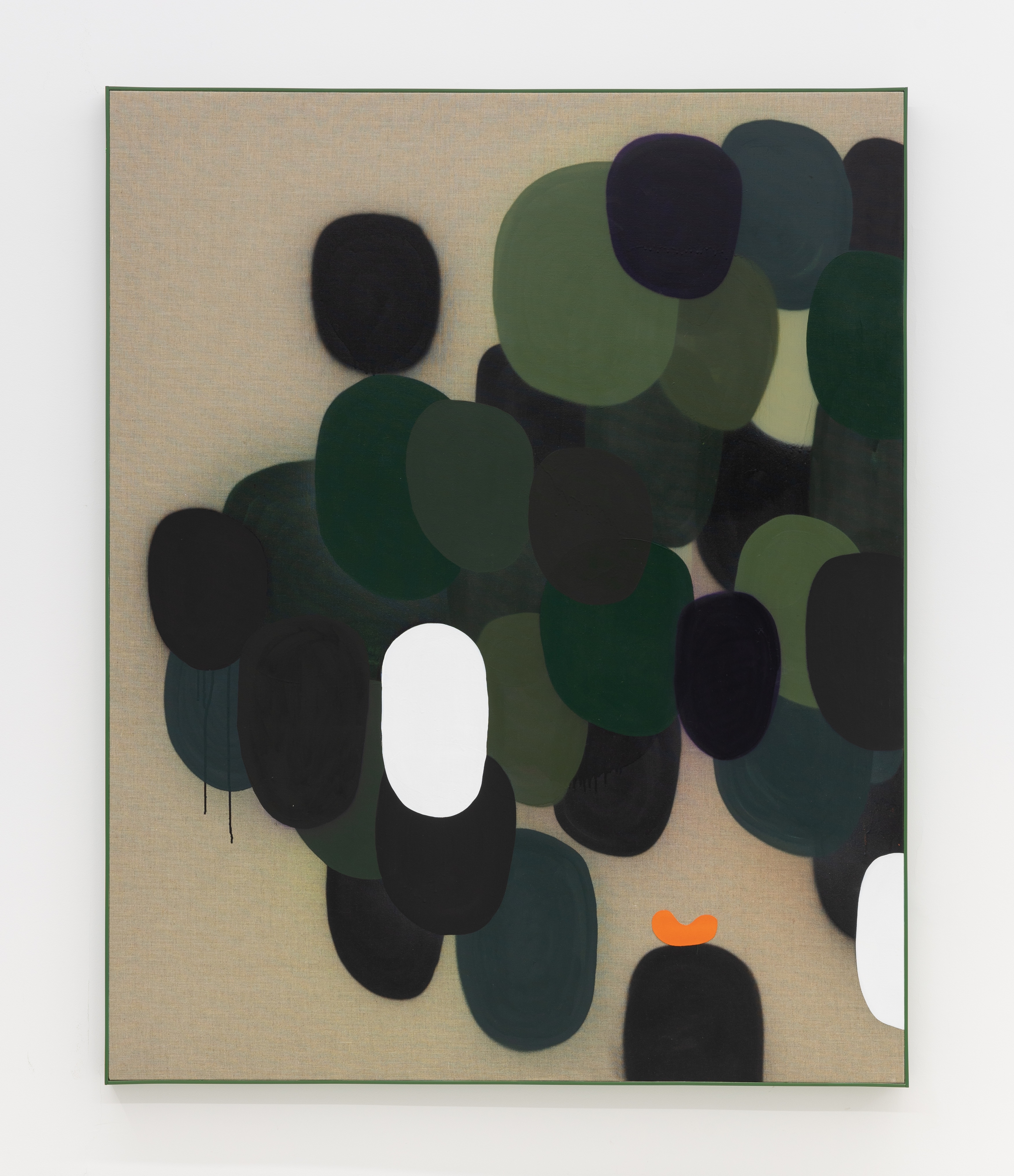
42 (Dos Blancos)
2024 Técnica mixta sobre lienzo 162 x 130 cm
Luis (Uno Azul)
2024 Técnica mixta sobre lienzo 162 x 130 cm
8 (Dos Azules)
2024 Técnica mixta sobre lienzo 162 x 130 cm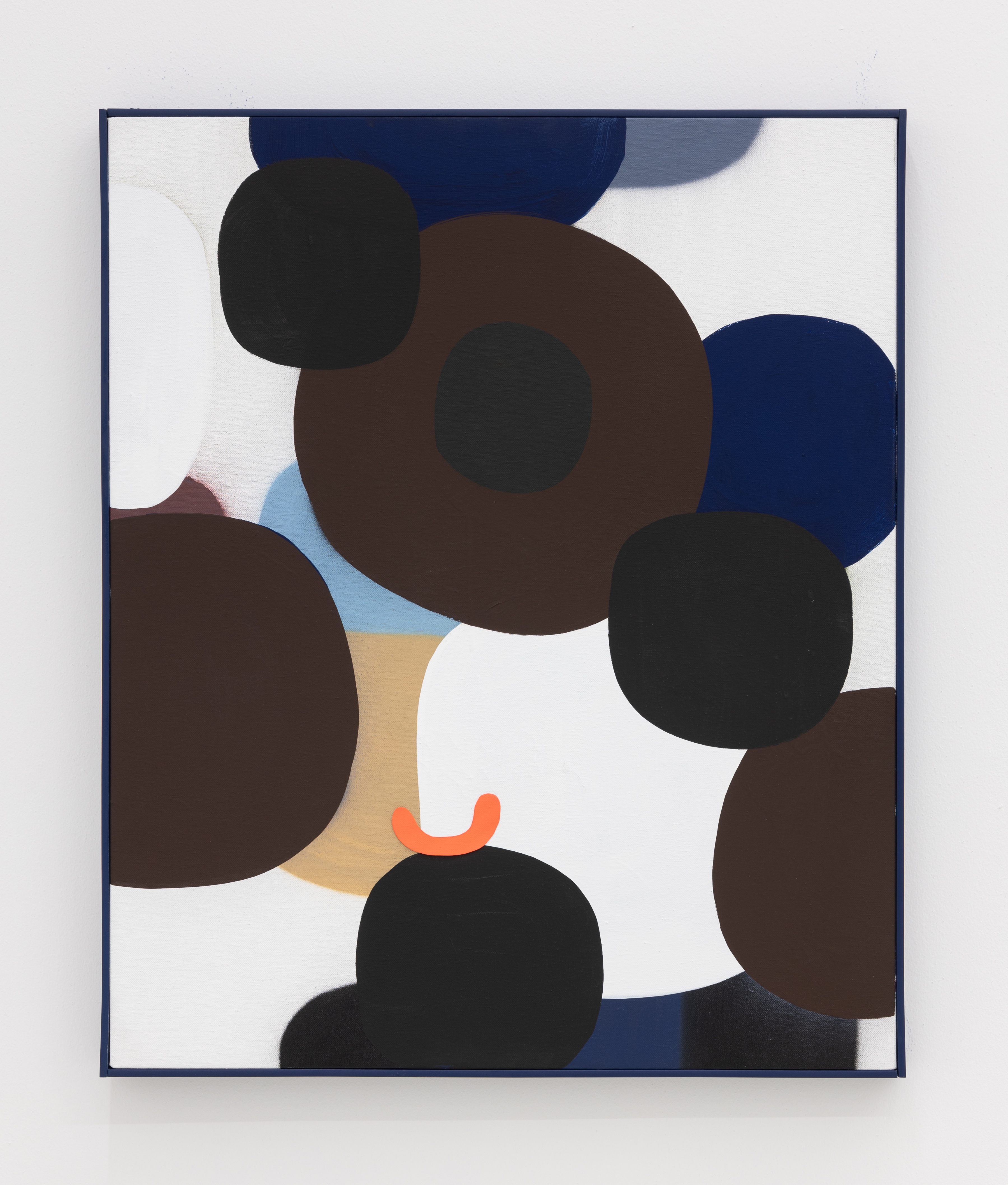
We are lost!
2024 Técnica mixta sobre lienzo 73 x 60 cmÓscar Florit
Óscar Florit es un artista, diseñador de interiores y galerista nacido en Palma de Mallorca, España, en 1977. Estudió diseño industrial entre 1999 y 2002 en la Escola d'Art i Superior de Disseny de les Illes Balears, en Palma. Entre el 2007 y 2010 expuso en diferentes galerías entre Mallorca, Barcelona y Valencia. Su primera exposición individual fue Soy de Plástico (2008) en la Galería Fran Reus de Palma, cuando aún era un artista emergente. Ese mismo año participó en la muestra Keep off the grass (2008) también en la Galería Fran Reus. Al año siguiente, fue parte de la exposición Darwin al segle XXI: Art i evolució en el Casal Son Tugores, en Alaró, Mallorca, en el marco del bicentenario del nacimiento de Charles Darwin. Por último, en 2010 presentó su última exposición Felicidad Canalla en el Centro Cultural Andratx, que fue una muestra individual. Posteriormente, en 2012, Florit fundó L21 Gallery (ahora Proyecto Reme), un espacio dedicado a representar artistas emergentes españoles y explorar nuevos formatos expositivos. Un ejemplo destacado de este enfoque fue su proyecto The Apartment, premiado en ARCO 2015, que consistió en convertir la galería en un espacio doméstico. Después de una pausa de 12 años sin exponer su obra, Florit regresa al mundo del arte con una nueva perspectiva, y, por primera vez, fuera de España. Su próximo proyecto con la Galería ENLACE, en Lima, promete ser un viaje introspectivo que fusiona su evolución personal y profesional. A lo largo de los años, Florit ha desarrollado una comprensión más profunda de su práctica artística, influenciada por su experiencia en la gestión de galerías y su interacción con múltiples obras y artistas. Su estilo único se caracteriza por la creación de figuras circulares, semi esféricas y cuadradas con bordes redondeados, inspiradas en las piedras moldeadas en el tiempo por el mar. Estas formas, que a menudo considera autorretratos, reflejan su evolución tanto personal como artística. Florit utiliza técnicas mixtas, combinando spray y acrílico para lograr composiciones rápidas y dinámicas que capturan la esencia del momento.